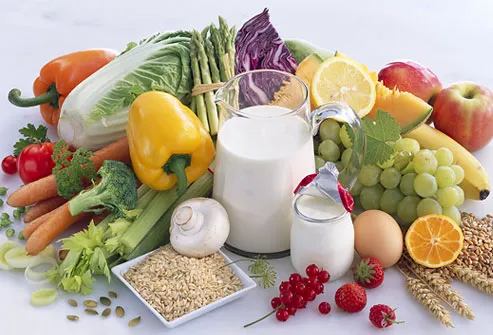Boston
health officials are investigating some reports of severe infections in
patients who took a trip to the Dominican Republic for cosmetic surgery.
Mycobacterium abscessus, a bacteria that is not easily
battled with antibiotics, and can take months of treatment to vanquish was
believed to infect at least two patients in Boston, and another in Worcester.
The patients were part of a group that went to the Dominican
Republic during the summer for surgeries and started having health problems,
including abscesses and drainage from their surgery sites, earlier this fall,
said Dr. Anita Barry, director of the infectious disease bureau at the Boston
Public Health Commission.
Other patients in the group who live in Maryland,
Connecticut, and New York have also been infected, she said.
Health officials are anxious for the reason that so-called
“medical tourism” has become a major industry in many Latin American
countries. The Centers for Disease
Control and Prevention approximation that 750,000 people from the United States
travel abroad every year seeking low cost medical care.
“We became aware because one of the out-of-state people knew someone in the Worcester area, who was having similar post-op problems,” Barry said. “That person knew someone in Boston who was having the same problems, and that person told us about a second Boston case.”
The germ can be spread by means of contaminated medical
equipment, medical supplies, or poor surgical techniques. Severe pain and swelling are the effects of
the infection, and frequently does not show up until some weeks after surgery.
The infection is not contagious to other people, but is
serious and needs to be treated, Barry said.
“We’re trying to get the word out that if you are going overseas for surgery, you have to find out how many infections this place has had, and also find out how many people have died having medical procedures in this place,” Barry said.
The commission suggests that patients thinking about surgery
in another country talk with their primary care provider regarding the
procedure at least four to six weeks before going trough traveling, and secure
copies of all medical records associated to the surgery and medical care
provided abroad prior to going back home.



